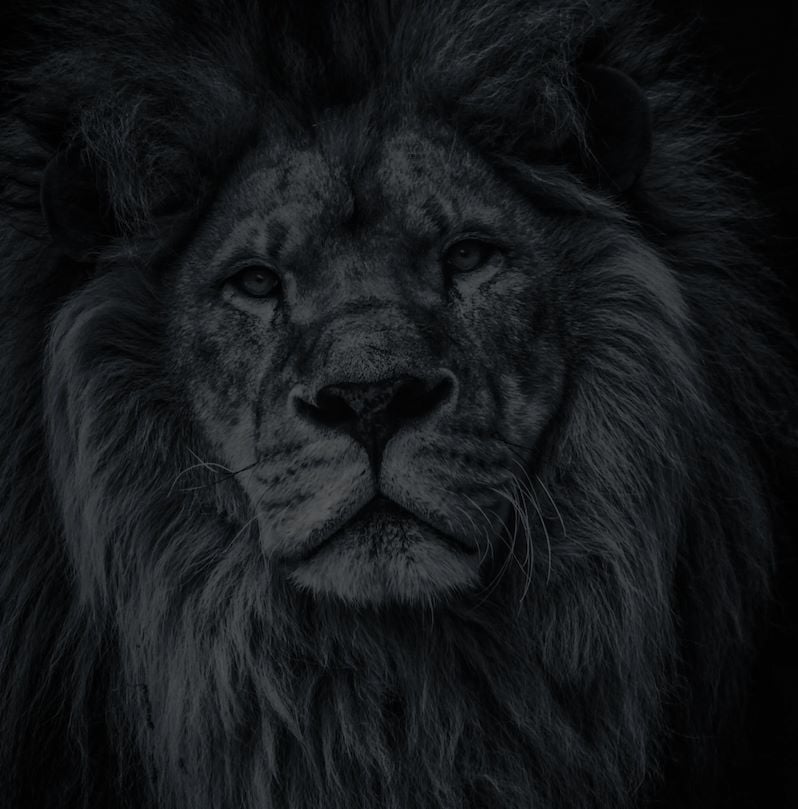What I like about any African safari is that each day (and safari drive or walk) is so different. By simply spending as much time out in the field as possible one is bound to be rewarded with incredible sightings and memorable experiences. I was reminded of this fact again whilst on safari in the Jao Reserve recently. Accessing a different area on this vast concession, we headed north of the game-rich Hunda Island to do some birding in a grassland-palm mosaic and wetland area hoping to list some new species. It was a very productive morning for birds but an even more exceptional one mammal-wise concerning the common hippopotamus Hippopotamus amphibius.
On this specific drive, we ended up at Hippo Pools, and true to its name, there was a large pod of these huge aquatic mammals at one end resting in the water – wallowing, yawning and grunting just as they do. Common hippos are gregarious and highly social mammals, with varied pod sizes – often very large.

Whilst birding, I noted a lone hippopotamus swimming in from the one side slowly heading towards the bigger pod. This specific individual seemed alert and very cautious however. We then noticed why. Off to the one side of this individual, a minute baby hippo head suddenly popped up, gasping for breath from underneath the water. This lone adult female had recently given birth! The calf was probably only a few days old at most and the female was now probably starting the careful initiation of her youngster back to the nearer proximity of her natal pod.

It was an incredible experience to watch this young calf take in her new Okavango surroundings and the adult female was seen on a few occasions, turning to the one side, allowing the youngster to suckle milk. The youngster was quite playful too – reveling in its new-found aqua aerobic experiences. Female hippo leave the pod and give birth on their own and will then slowly introduce her calf when she feels ready. One young (very rarely two) is born after an eight-month gestation period.

Female hippos do need to be this cautious with their new-born calf as things sometimes go horribly wrong if they don’t. Other pod members will inspect the newcomer and there have even been gruesome instances in Africa where the mother has been attacked and her calf killed, especially when conditions are drier and available water reduced. Luckily, this did not transpire here. The female and her young in this instance remained on the periphery of the hippo pod – perhaps she felt the timing was just not right yet. The mother, after giving birth, can segregate herself like this for up to two weeks, and can be quite aggressive during this time. Seeing hippo in their natural environment is special in itself but we luckily enjoyed an insight into hippo life less often observed.

Rather fascinatingly is that hippos and whales share a common ancestry owing to genetic work in recent years and affinities with regards to milk proteins and bone structure. Only two species of hippo subsist in Africa today, the other being the pygmy hippopotamus Choeropsis liberiensis, with a much smaller range in West Africa.
Unfortunately, habitat loss and conflict with agricultural development are a major threat for hippo conservation in many African countries with an IUCN status today of Vulnerable. Fortunately, the Okavango Delta and the Jao Reserve provide 16, 000km² of prime hippo habitat.




